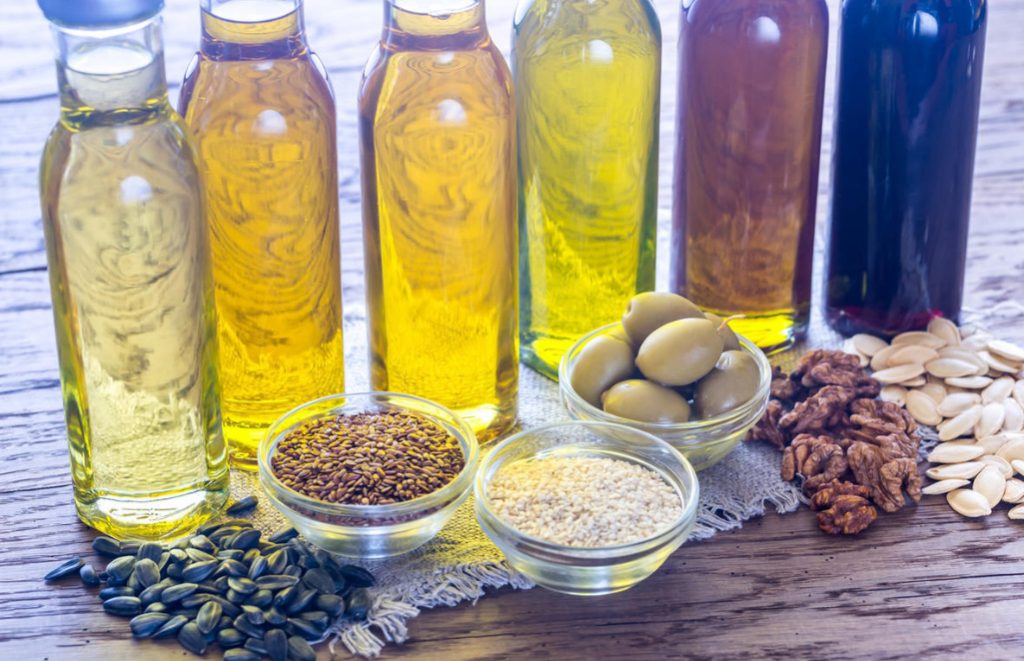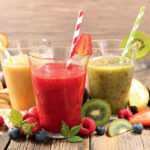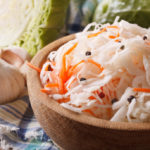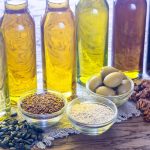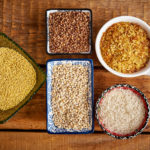What fats are oils made of?
Well, now let’s look at what fats are the most common oils, to understand whether they are suitable for frying, or for eating raw, or not suitable for food at all.
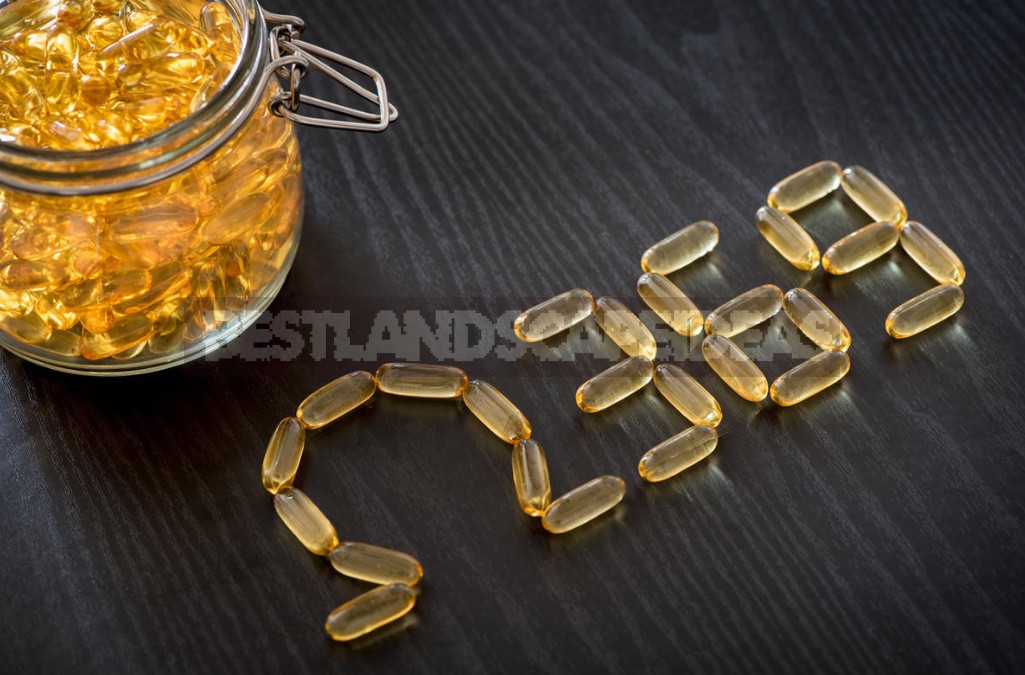
Olive oil
It is best used without heating (for example, in salads), as it is primarily a monounsaturated fat that oxidizes when heated above 120°C. ideally, it is better not to heat above 100°C. in Other words, it can be used for very light frying. It is better to choose cold pressed oil, which is produced without chemical treatment. It should be stored in a cool dark place, because heat and light accelerate the oxidation processes.
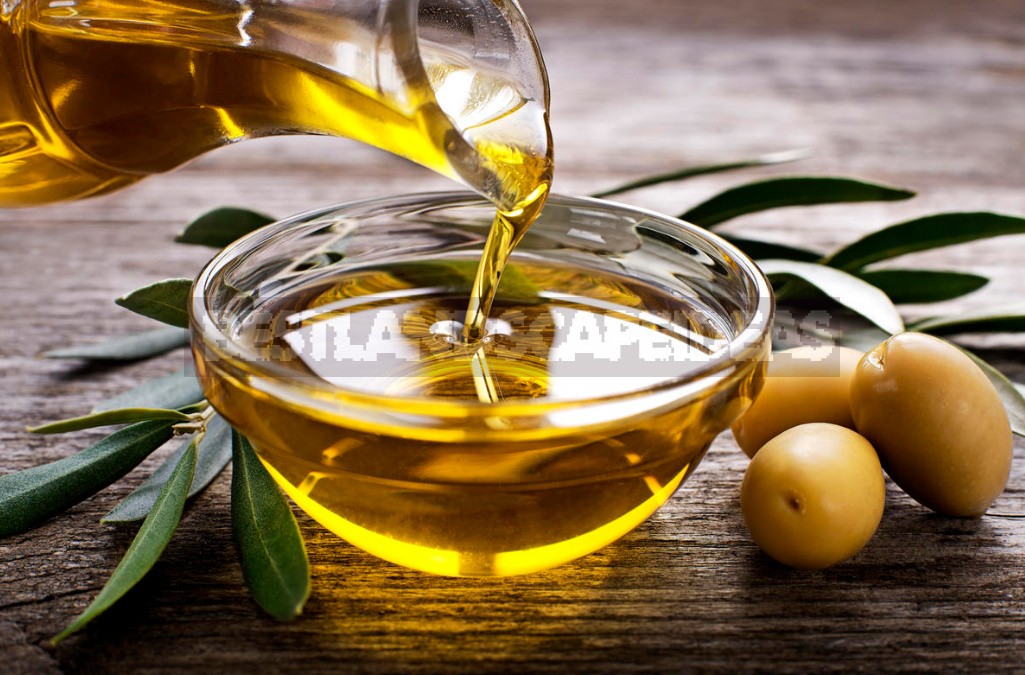
Profile of olive oil:
- saturated fatty acids-15%;
- monounsaturated fatty acids-75%;
- polyunsaturated fatty acids-10% (including omega-3 fats – 1%, and omega-6 – 9%).
Coconut oil
It is perhaps the best vegetable oil for cooking, as, like animal oils, it consists almost entirely of saturated fats, which are inherently resistant to heat.
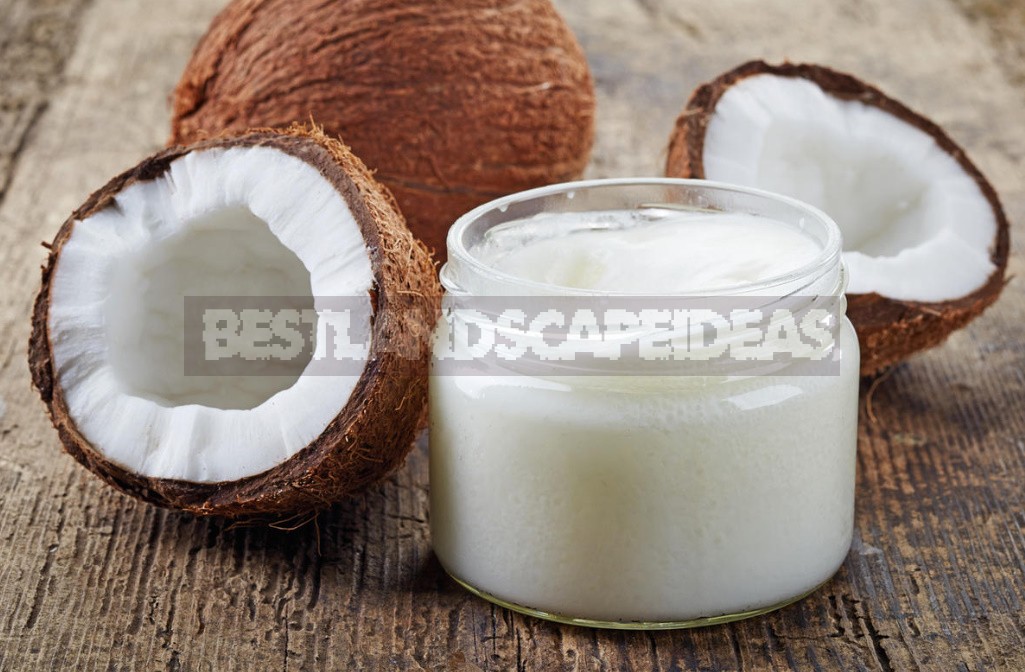
Coconut oil is best suited for cooking at low and medium temperatures, but is not suitable for deep frying, as it has a smoke point between 137-185°C. refined coconut oil has a smoke point higher: 205-235°C, so it can be used for high-temperature frying. But this oil is less useful than raw.
Due to the high content of saturated fatty acids in coconut oil, it is solid at room temperature and has a relatively long shelf life.
Profile of coconut oil:
- saturated fatty acids-91%;
- monounsaturated fatty acids-7%;
- polyunsaturated fatty acids – 2% (mainly omega-6).
Palm oil
Like coconut oil, it has a high content of saturated fatty acids and is very stable when cooked at medium temperature. However, there are many doubts associated with palm oil (palm plantations from which it is produced are located mainly in environmentally hazardous areas of Southeast Asia).
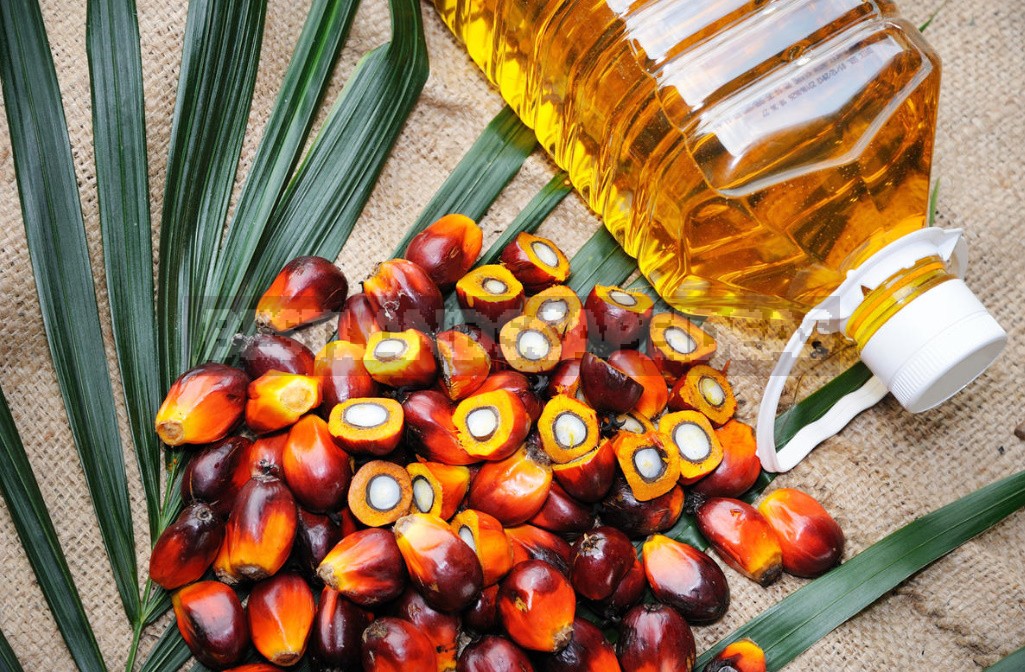
Profile of palm oil:
- saturated fatty acids-51%;
- monounsaturated fatty acids-39%;
- polyunsaturated fatty acids-10% (omega-6).
Sesame oil
This is a very tasty, fragrant oil, popular in Asian cuisine. However, it contains a high percentage of polyunsaturated fatty acids and cannot be heated, so it is better to add it to food after cooking. Despite the high content of antioxidants in sesame oil, it is better to use it sparingly because of the high content of omega-6 fats.
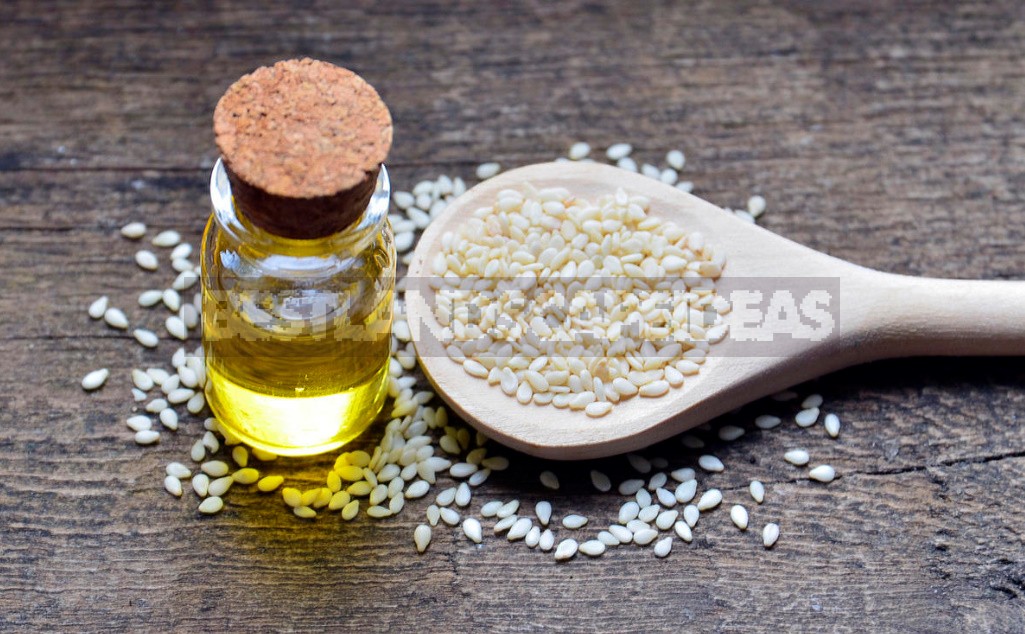
Profile of sesame oil:
- saturated fatty acids-14%;
- monounsaturated fatty acids-43%;
- polyunsaturated fatty acids – 43% (mainly omega – 6).
Nut oil
Although nut oils contain about 10% omega-3 fatty acids, they also include omega-6 fatty acids and, as a consequence, should be used sparingly. However, they have a good taste and are well suited for infrequent use in raw form-in salads or added to a dish after cooking.
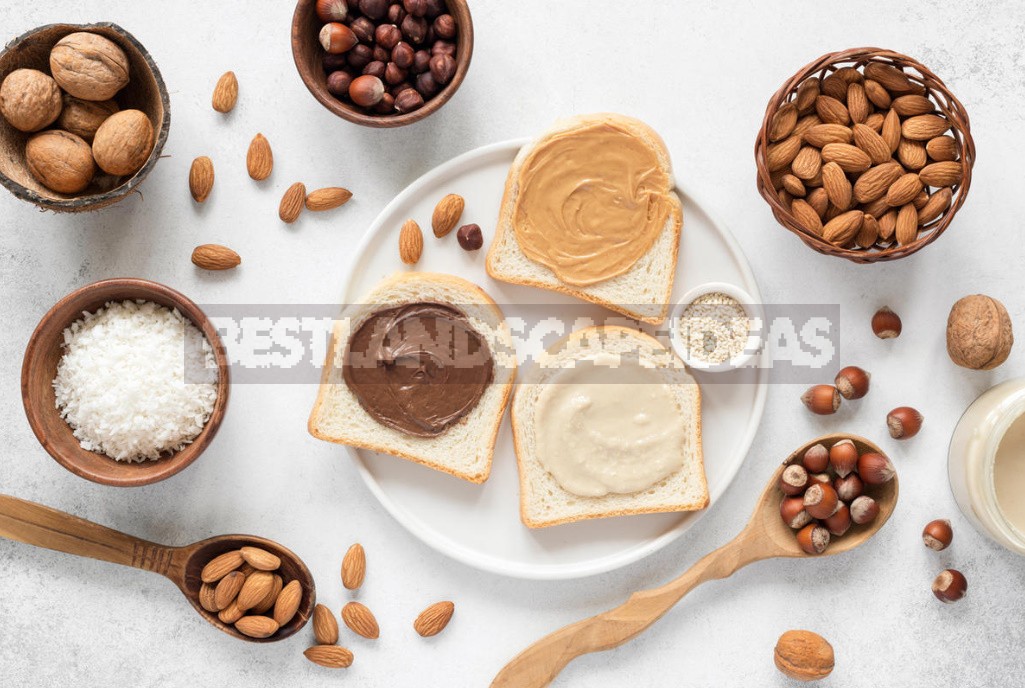
Walnut oil profile:
- saturated fatty acids-14%;
- monounsaturated fatty acids-23%;
- polyunsaturated fatty acids-63% (omega-3-10%; omega-6-53%).
Profile of the oil of nuts, hazelnuts:
- saturated fatty acids-11%;
- monounsaturated fatty acids-78%;
- polyunsaturated fatty acids-11% (omega-6).
Profile of almond oil:
- saturated fatty acids-9%;
- monounsaturated fatty acids-73%;
- polyunsaturated fatty acids-18% (omega-6).
Butter (cow) oil
Cow’s oil has recently been considered a source of cholesterol and a cause of clogged arteries. However, studies gradually show that butter not only does not increase the risk of heart disease, but actually has numerous benefits for digestive health, weight control, and even cardiovascular health.
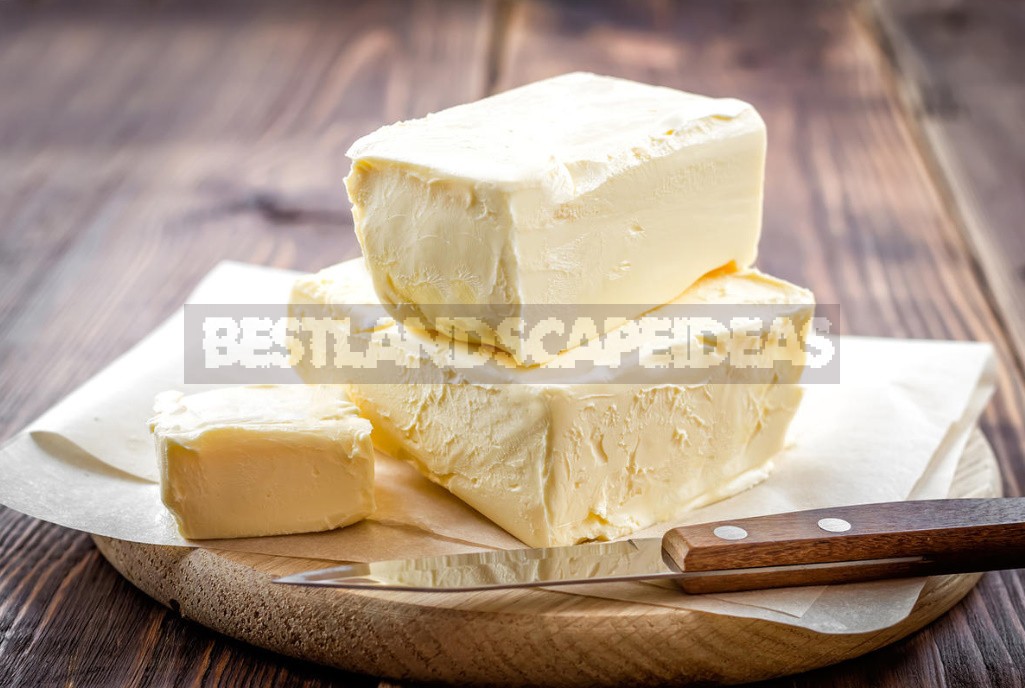
It is usually well suited for cooking at medium to high temperatures, but due to its protein and lactose content is prone to burning if it is kept too long at too high a temperature. For this reason, as well as because of the sugar content, it should not be used for deep frying.
Melted butter does not contain lactose or the protein of regular butter and is pure oil fat. Because of this, it is more suitable for cooking at high temperature and is an excellent choice for cooking food.
Profile of butter:
- saturated fatty acids-68%;
- monounsaturated fatty acids-28%;
- polyunsaturated fatty acids-4% (omega-3-1%; omega-6-3%).
